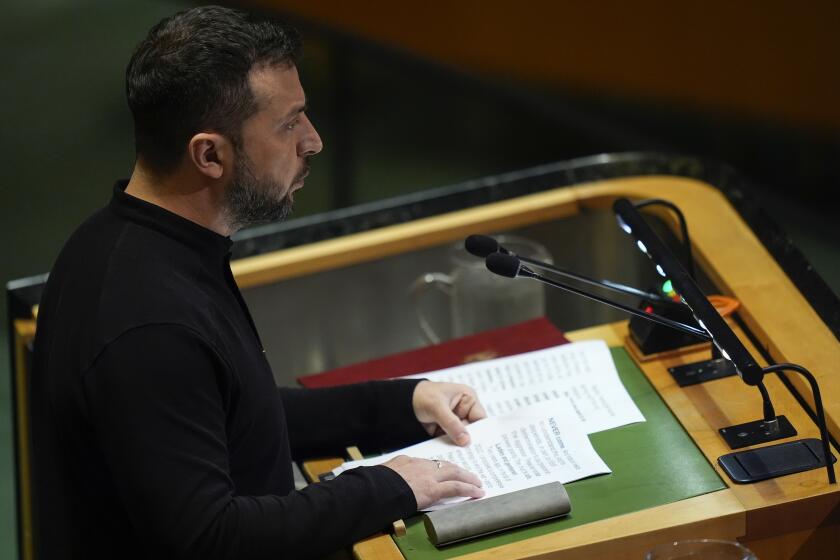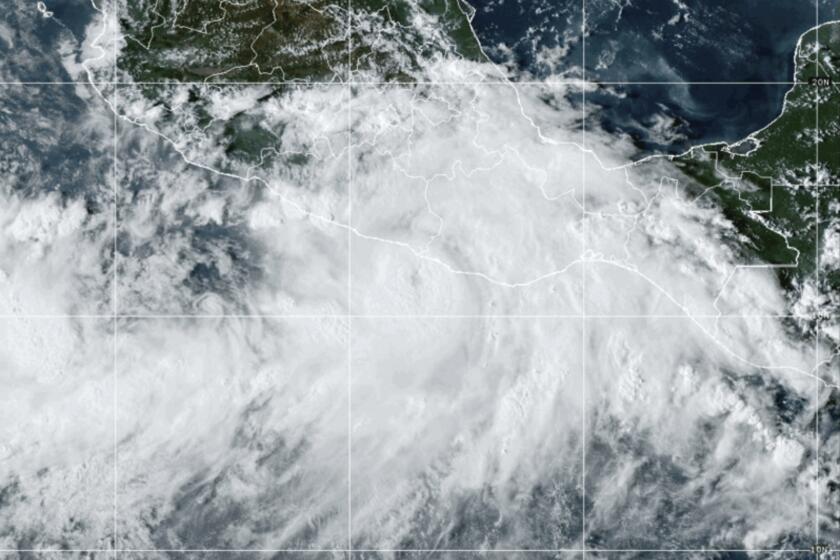Lawmakers Confront BP Officials on Spill
Rep. Joe L. Barton (R-Texas) was “very concerned.”
Rep. Tammy Baldwin (D-Wis.) was “frustrated” and “angry,” as well as “concerned.”
And Rep. Bart Stupak (D-Mich.) was “just baffled.”
No one, in fact, said he or she was pleased during a hearing by the House Energy and Commerce subcommittee on oversight and investigations, which spent hours Thursday examining what led to a break in one of BP’s Alaska oil pipelines this year.
Two congressmen were so concerned that they came to the cavernous hearing room in the Rayburn House Office Building to express their outrage, even though they aren’t members of the subcommittee.
And the London-based oil giant’s executives, who traveled to Washington from Texas and Alaska, couldn’t do enough to express their contrition as they earnestly described the soul-searching they had done since the break dumped about 270,000 gallons of crude onto the Alaskan tundra in March.
One person involved who didn’t express his concerns Thursday was the former head of BP’s Alaskan pipeline corrosion monitoring unit, Richard C. Woollam, who invoked his 5th Amendment rights against self-incrimination and declined to testify.
When it was all over, though, the principals expressed satisfaction with the process. And everyone prepared for another installment in the Capitol Hill tradition of hauling oil executives before congressional committees for public tongue-lashings. Another House panel plans a hearing on the pipeline break next week.
Thursday’s theatrics followed congressional hearings in November and March, when oil executives were grilled about the industry’s soaring profits, which today remain robust.
On Thursday, most of the talk was about “pigging” and why BP hadn’t done more of it.
BP, which operates a group of pipelines on Alaska’s environmentally fragile North Slope, has been under fire for months for failing to use a robotic device known as a pig to monitor and clean the insides of its pipelines.
The torpedo-shaped machines, which can travel miles through pipes, are widely used in the oil industry for maintenance, including in the Trans-Alaska Pipeline.
BP instead relied on a less comprehensive process to check corrosion in its feeder system to the main pipeline. That didn’t please the subcommittee members, who sounded as well-versed in the industry as the company officials.
“Pigging is not a new technology,” chided Rep. Michael C. Burgess (R-Texas).
Rep. Diana DeGette (D-Colo.) said she couldn’t believe BP’s maintenance practices. “It perplexes me that the lines haven’t been pigged,” she said.
A grim Steve Marshall, the graying president of BP Exploration Alaska, promised change.
“We will implement routine pigging and smart pigging,” he said in a pledge to deploy both pigs that clean pipes and “smart pigs” that can measure the levels of corrosion.
Marshall also tried to play down suggestions from several House members that whistle-blowers inside the company were discouraged from raising concerns about BP’s maintenance practices. “I deeply regret this situation happening on my watch,” he said. “We didn’t get this one right.”
“You almost feel bad for them,” said Justin Tatham, a preservation advocate for the U.S. Public Interest Research Group, one of several Alaska drilling opponents represented at the hearing.
A BP spokesman sounded an upbeat tone after the hearing. “We were pleased to be able to provide the committee with information about our operations,” Scott Dean said.
Rep. Greg Walden (R-Ore.), a subcommittee member, said he too was satisfied with the outcome. “Sometimes the glare of public spotlight accomplishes more than we do with legislation,” he said.
More to Read
Sign up for Essential California
The most important California stories and recommendations in your inbox every morning.
You may occasionally receive promotional content from the Los Angeles Times.











